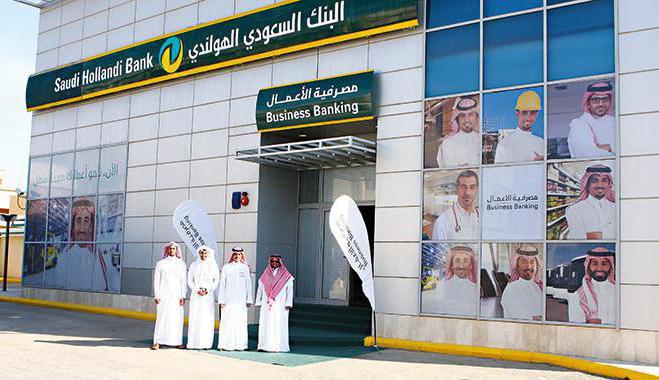Saudi Arabia for a long time did not have its own banknotes. The country used coins imported from other states, they were even minted by local craftsmen, copying the appearance. Everything changed with the advent of riyal, especially after the decision to tie it to the dollar. Now the currency of Saudi Arabia is one of the most reliable in the world.
Currency history
The predecessor of the current riyal appeared in 1928, entering the market in the form of silver coins. They replaced the English sovereigns and thalers of Maria Theresa. The first Saudi riyal was divided into 22 queresh, only by 1960 they were rounded to 20 parts.

In memory of the usual gold coins for residents, in the middle of autumn 1952, the authorities began minting Saudi sovereigns. An additional monetary unit copied the gold content of the English sovereign - in coins there were almost 8 grams of gold.
Since 1963, the release of coins under the name "halal" began. They were minted from bronze, in 1 rial - 100 halal. By 1972, coins of 1, 5, 10, 20, and 50 halal were used, in 1976 a new coin of 100 halal was issued, which essentially replaces one riyal. Since 1999, coins have been minted precisely in 1 riyal.
The modern currency of Saudi Arabia in the form of notes was introduced in 1971.
Appearance of notes
In everyday life, banknotes of 1, 5, 10, 20, 50, 100, 200 and 500 riyals are used. The path to them began in 1952 with checks for pilgrims who had the equivalent of 10 riyals. Gradually paper money became a habit and after several stages of changes and improvements came to the current form.
The last issue took place in 2007, now on all banknotes a portrait of King Abdullah is depicted. Only a bill of 500 riyals remained untouched - on it remained the first monarch Fahd ibn Abdel Aziz Aal Saud. In general, the national currency of Saudi Arabia resembles other Arabic banknotes.

On the front and back of banknotes are printed images of iconic sights and views of the country:
- 1 rial - a shield with ancient writings and a flowering steppe;
- 5 rials - sailing boats (they are also dhows) and an oil refining complex;
- 10 rials - a fortress in Mecca and an oasis with palm trees;
- 50 riyals - the mosque of Riyadh and the mosque of Al-Aqsa;
- 100 riyals - the mosque of the Prophet Muhammad from two sides;
- 500 riyals - Kaaba and Al-Haram Mosque.
It is interesting that the denomination of each bill is indicated in all angles, and on the obverse it, like all other inscriptions, is in Arabic, and on the reverse - the usual numbers.
Modern coins
In addition to banknotes, the currency of Saudi Arabia is represented by coins with denominations of 1 riyal, as well as in 5, 10, 25 and 50 halal. There are 100 halal in one Saudi riyal. Occasionally, there are kershs, which are issued in coins of denominations of 1, 2, 5, and 10. The rial is equal to 20 kershes.
On the front side of coins issued from 2006 to 2010, a coat of arms is depicted. It looks like a palm tree over crossed sabers, symbolizing two kinds of the founder of the whole country. On the reverse side is the face value of the coin, placed in words in a circle, and on the sides - in numbers.

Coins are gradually withdrawn from circulation, prices are rounded to riyal. Halal and Kershi are found mainly in bazaars.
Saudi Arabia - Exchange Rates
The riyal course (denoted by SAR) is enviably stable. As of March 2016, it is as follows:
1 US dollar = 3.75 rial (1 SAR = 0.267 USD)
1 euro = 4,242 riyals (1 SAR = 0,236 EUR)
1 pound = 5.428 rial (1 SAR = 0.184 GBP)
1 ruble = 0,055 rial (1 SAR = 18,169 RUB)
1 hryvnia = 0.142 riyals (1 SAR = 7.041 UAH)
Where to buy saudi riyals
The currency of Saudi Arabia is available at commercial banks and special change machines. Most banks accept visitors on Saturday, Sunday, Monday, Tuesday and Wednesday from 08: 00-08: 30 to 12:00 or 12:30, after lunch they are open from 17:00 to 19:00 or 20:00. On Thursdays, the working day is shortened: working hours from 08: 00-09: 00 to 12: 00-12: 30. Change machines operate several hours longer than banks.

Some stores agree to sell Saudi riyals at a favorable rate. There are private exchange offices where the exchange rate is slightly higher than at the bank.
Payment Cards and Checks
This type of payment is becoming very common.More and more shopping centers, restaurants and hotels are installing terminals for accepting credit cards. They can even pay for travel in some modes of transport. Cards of Visa, Mastercard, American Express and Diners Club systems are accepted, in some places it is possible to use Plus and Cirrus cards. You can also withdraw cash through ATMs. They are located at banks and shopping centers.
Make traveller's checks in dollars, can accept checks in pounds sterling or in local riyals. To exchange tourist checks for currency, you must provide a passport. Some banks require an open account, otherwise they refuse to cash a check.
Tax refund
In Saudi Arabia, taxes are provided only for citizens of the country and enterprises. No additional amounts are charged from tourists, even prices in stores are indicated without extra charges. That is why there are no shops here. duty free trade.
Currency stability guarantees
Since the end of the twentieth century, Saudi Arabia has been one of the first places in the production and export of oil. Because of this, the currency is directly related to the exchange rate of black gold and is practically unchanged in relation to the dollar - the currency of its main partner.
